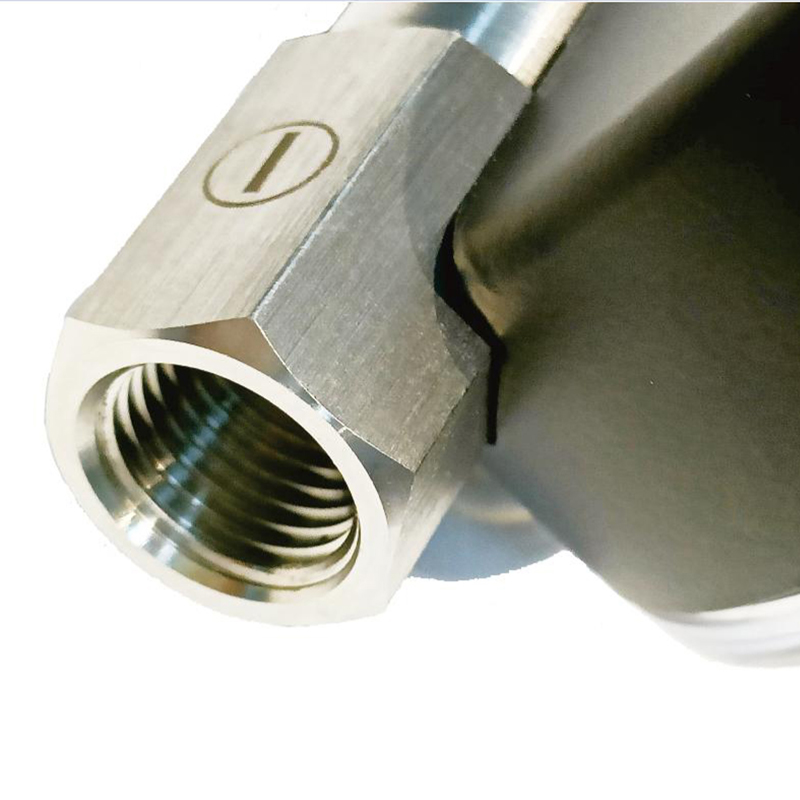
Nov . 19, 2024 21:49 Back to list
famous types of differential pressure gauges
Famous Types of Differential Pressure Gauges
Differential pressure gauges play an essential role in various industries by measuring the difference in pressure between two points in a system. This measurement is crucial for ensuring optimal performance, safety, and efficiency across various applications, including HVAC systems, oil and gas, pharmaceuticals, and food processing. In this article, we will explore some of the most famous types of differential pressure gauges and their applications.
1. Manometer
The manometer is one of the simplest and most well-known types of differential pressure gauges. It typically consists of a U-shaped tube filled with a liquid, usually water or mercury. When pressure is applied to one side of the tube, the liquid level rises or falls, indicating the pressure difference. Manometers are often used in laboratories for low-pressure measurements and are popular due to their simplicity and reliability.
Applications - Laboratory experiments - HVAC systems - Calibration of pressure systems
2. Diaphragm Differential Pressure Gauge
Diaphragm differential pressure gauges utilize a flexible diaphragm to measure pressure differences. The diaphragm separates two chambers, each connected to the pressure points being measured. When a pressure difference occurs, the diaphragm flexes, causing a mechanical movement that can be read on a calibrated dial. These gauges are known for their durability and accuracy and can handle both corrosive and non-corrosive environments.
Applications - Chemical processing - Oil and gas applications - Water treatment facilities
3. Bourdon Tube Differential Pressure Gauge
Bourdon tube differential pressure gauges use a coiled tube that tends to straighten when pressure is applied. The movement of the tube is connected to a pointer on a dial, which indicates the pressure difference. This type of gauge is known for its robustness and is less sensitive to temperature variations. Bourdon tube gauges are commonly used in industrial applications where moderate to high pressures are present.
Applications - Power generation plants - Compressed air systems - HVAC applications
famous types of differential pressure gauges

4. Capacitance Differential Pressure Gauge
Capacitance differential pressure gauges operate on the principle of capacitance measurement. A diaphragm separates two chambers filled with pressure, and as the pressure changes, the capacitance between the two conductive surfaces alters. This change in capacitance is then converted to a pressure reading. These gauges are highly sensitive and can measure very low pressure differences with great accuracy.
Applications - Cleanroom environments - Pharmaceutical industry - HVAC filter monitoring
5. Piezoelectric Differential Pressure Gauge
Piezoelectric differential pressure gauges rely on the piezoelectric effect, where certain materials generate an electric charge when subjected to mechanical stress. In these gauges, pressure differences cause a deformation in the sensing element, producing a measurable electrical signal. This technology allows for high-speed and high-accuracy measurements, making them ideal for dynamic pressure applications.
Applications - Aerospace testing - Research and development labs - Automotive testing
6. Electronic Differential Pressure Gauge
Electronic differential pressure gauges utilize sensors and electronic circuits to measure pressure differences. These gauges can provide digital readouts and often include features such as data logging, alarms, and remote monitoring capabilities. They are highly accurate and can be used in a wide range of applications, from industrial processes to HVAC systems.
Applications - Environmental monitoring - Industrial automation - Fluid dynamics research
Conclusion
Differential pressure gauges are integral to many industries, ensuring efficient and safe operations. From simple manometers to advanced electronic gauges, each type offers unique benefits suited to specific applications. Understanding the various options available and their characteristics can help industries choose the right gauge for their needs, ultimately improving performance and safety in their processes. As technology continues to advance, we can expect further innovations in differential pressure measurement, enhancing accuracy and reliability across various applications.
-
High-Precision Mass Diaphragm Pressure Gauge - Reliable & Durable Solutions
NewsJun.10,2025
-
Explain Diaphragm Pressure Gauge Expert Guide, Top Manufacturers & Quotes
NewsJun.10,2025
-
Affordable Differential Pressure Gauge Prices in China Top Manufacturers
NewsJun.10,2025
-
Reliable Water Fire Extinguisher Pressure Gauges for Safety
NewsJun.10,2025
-
Durable Diaphragm Protection Pressure Gauges Get Quote
NewsJun.09,2025
-
WIKA Differential Pressure Gauge with Switch Reliable Monitoring & Control
NewsJun.09,2025
